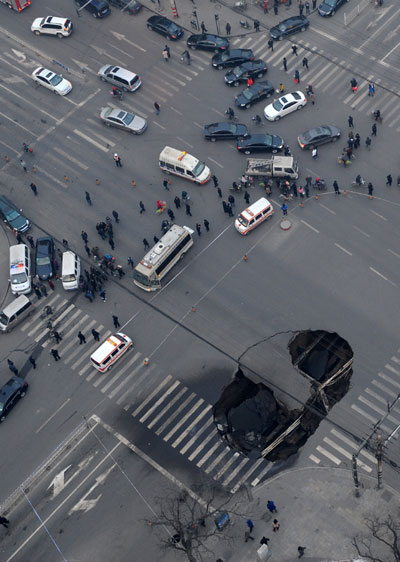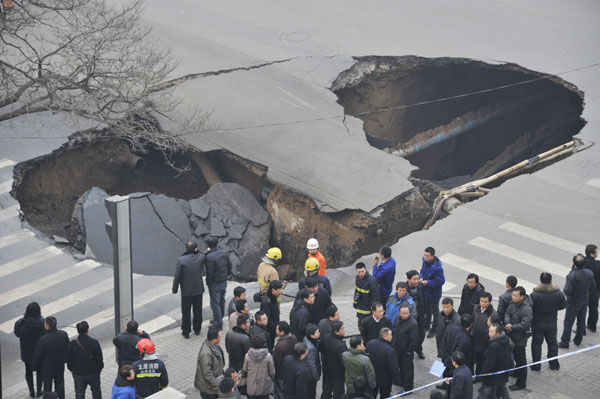Panda Household Savings is 14%-16% of GDP.
So it is not even a fair fight.
The difference comes in government & corporate savings.
As Suraj has pointed out, Panda SOE, etc, kick out the farmer, repurpose the land, lease at exorbitant prices. This money comes back to the government and SOE's as savings.
The consumer spending data too is suspect, as I argued many times with Chola. Their consumer number includes the industrial/corporate purchase programs. The real number to focus on is private consumption. Here the number is 30%-32% of GDP and declining. This is the percentage paid out as wages. India's and most of the west is typically 60%-70%. Meaning more of income goes to wages and raising living standards.
It is a staggering direct confiscation of earnings to fund Panda overlord Megalomania. A monstrous in-direct tax. The question is if it is stable long run.
I have pointed out many times before that that the income levels are not there to support the maintenance effort needed to support those $300,000 to $400,000 type apartments. Not even close. Even the USA would not be able to sustain the maintenance effort necessary. It is likely much of this infrastructure will quickly start crumbling.
-----------------------------------------
The question of how they eat is simple, they do not. Most of the malls are empty and stores are abandoned. Both parents work and they have 1 Child who is invariably parked out in the countryside with Grandpa and Grandma. Even after that most are stuck with holes in the walls and are forced to live in 'traditional' housing, read as urban slums. There is an immense destitute class still out there in China. Roughly 300 million to 400 million strong who speak no English and barely scrape by. The Panda overlords have essentially scrubbed them out but every picture shows them. Just behind that 12' wall...... ..live the eaters of bitter tears...

-----------------------------------
There is top 100-200 million class that has done very well. This is the group who go to USA and show of their money. Most Chinese do not live like that.
For instance there are 86 Million private cars in China. Considering most of those families have 2+ cars the actual numbers owning cars to total population is low.
http://chinaautoweb.com/2012/07/chinese ... 4-million/
At this stage of its development the vast majority of Chinese should be able to afford a car, yet they can not.


